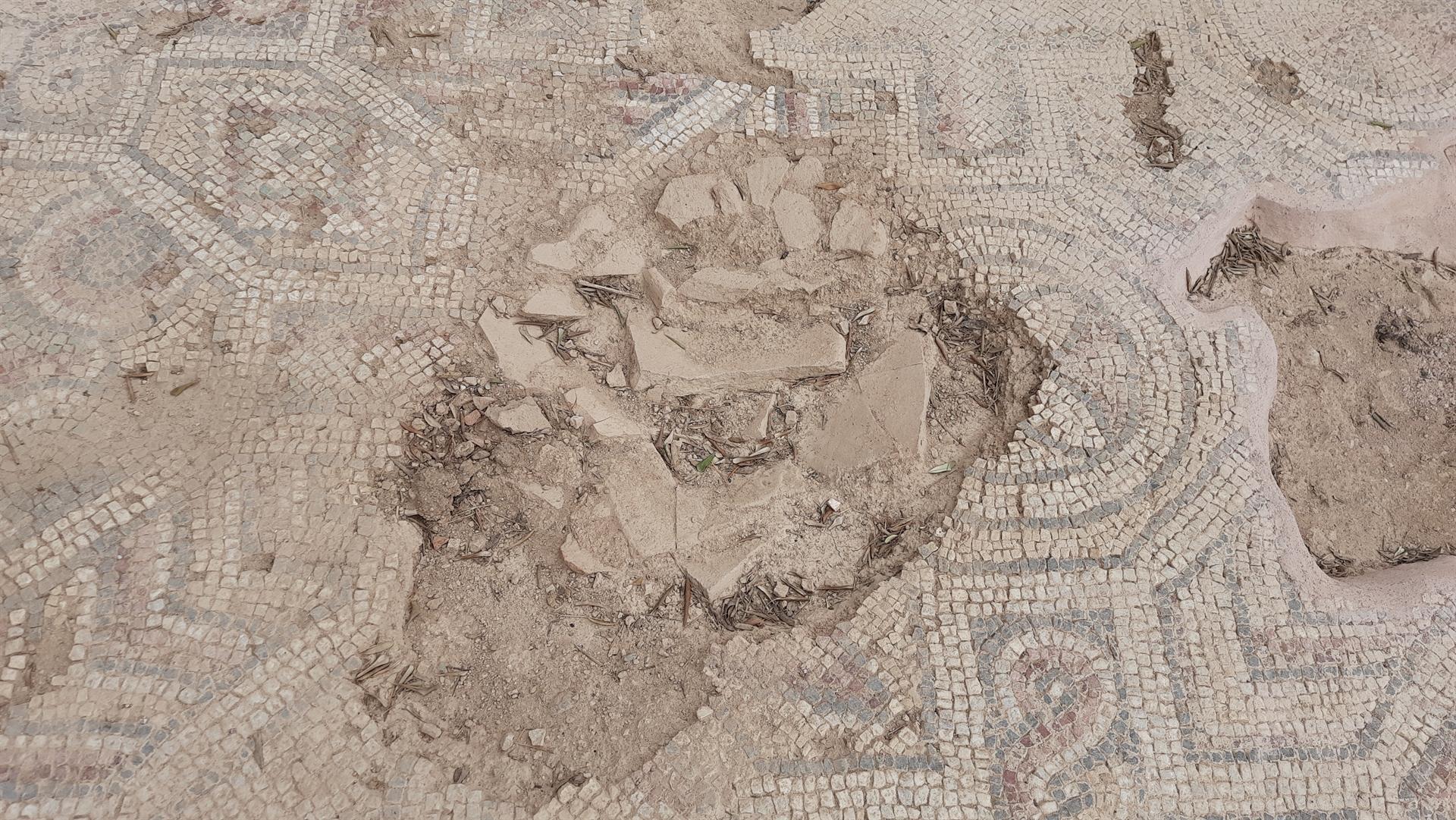Mummified skeletons found in Turkey’s west
BURSA

Mummified skeletons have been unearthed from recently discovered sarcophaguses (stone coffins) in Hisardere necropolis (cemetery), Iznik district of Turkey’s Bursa province.
Excavation is being carried out by the Ministry of Culture and Tourism under the supervision of Aygün Ekin Meriç, an academic at the Archeology Department of İzmir’s Dokuz Eylül University.
Meriç said the necropolis was extensively used during the 2nd and 3rd centuries, and the count of sarcophaguses rose to six with recent findings.
Unique chamber tombs dating back to the 3rd century were also found, he said, adding that the sarcophaguses have embossing of Eros, the God of love in Greek mythology.
The Turkish academic said sarcophaguses would be exhibited at the archeology museum of Iznik, which is under construction.
Several sarcophaguses were found during the illegal diggings in the excavation site since 1989, he said.
In 2017, police teams searching the area for a stolen truck discovered a sarcophagus from the Late Antiquity period in the same area. Another sarcophagus belonging to a queen was found near the area in 2015.
It was also thought to be from the Late Antiquity period and weighed seven tons. When it was discovered, officials found that treasure hunters had already found and raided it.
According to ancient beliefs, people buried in such tombs were buried with their favorite belongings as well an amount of money, a ring and a medallion.
The area where the tombs were found has historically been referred to as the Bithynia region, which was a Roman province from the fourth century B.C. In the seventh century, the region was incorporated into the Byzantine Opsikion theme.
It became a border region to the Seljuk Empire in the 13th century and was eventually conquered by the Ottoman Turks between 1325 and 1333.
















